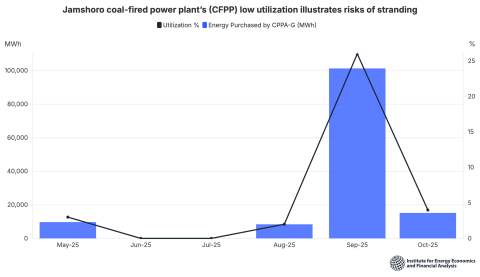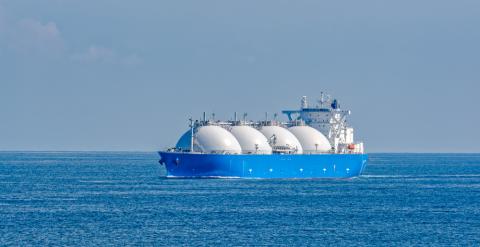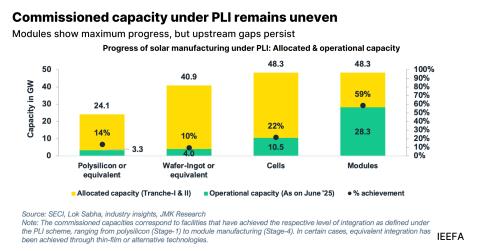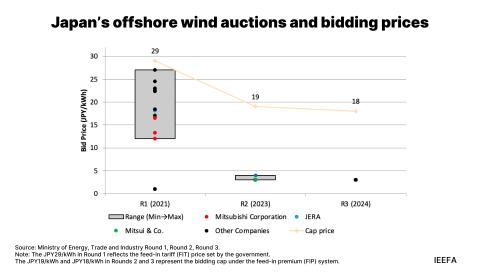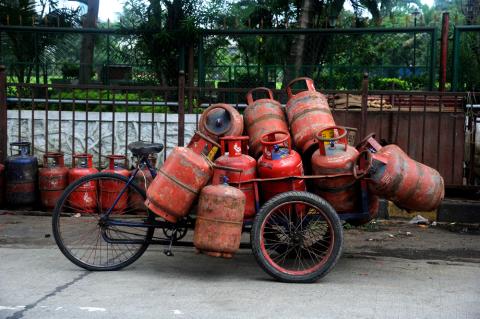Assessing the viability of LNG trucks for India’s clean goals
Download Briefing Note
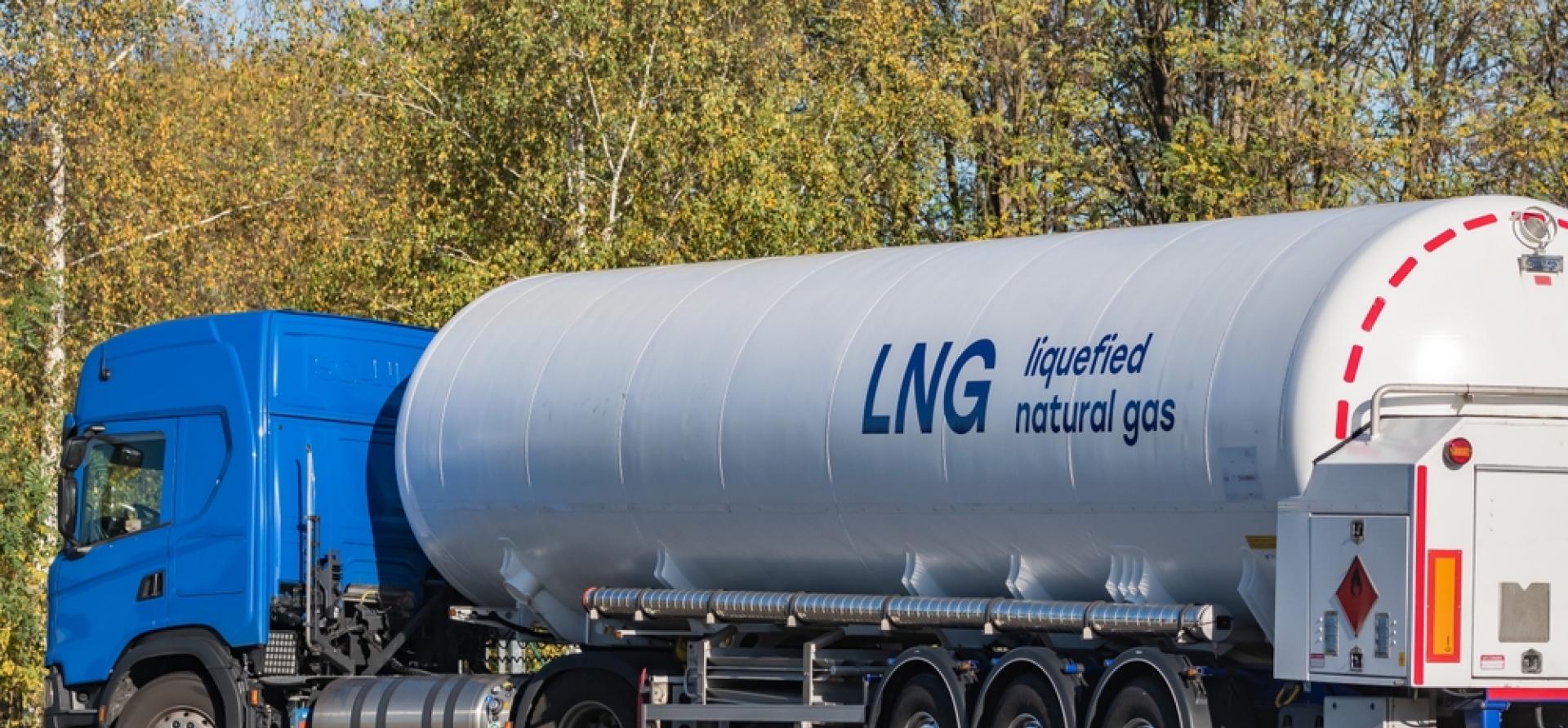
Key Findings
Limited infrastructure, including very few truck manufacturers, operationally expensive filling stations and a lack of cryogenic tank manufacturers, will be a key challenge for replacing diesel trucks with LNG-fuelled ones.
In terms of the total cost of ownership (TCO), there is not much difference between diesel and LNG trucks but the volatility in LNG prices can lead to changes in the TCO of LNG trucks, stripping the slight price advantage.
With India’s ambition of 100% zero-emissions trucks by 2050, investing in building the infrastructure for LNG trucks will further face a stranded asset risk.
Introduction
India is considering liquefied natural gas (LNG) fuelled trucks as the long-haul road freight solution to replace the highly polluting diesel trucks. While there is little doubt that diesel trucks, a primary source of freight transport in India, require a cleaner alternative, the conundrum for policymakers is which technology to adopt – LNG trucks or electric ones.
Carbon emissions from the road transport sector require urgent solutions. Road transport is already responsible for 12% of India’s energy-related carbon emissions. Within the road transport sector, medium-to-heavy duty trucks account for 45% of on-road emissions in the country, even though they form only 3% of the total vehicle population. Further, trucks are responsible for 53% of particulate matter (PM) emissions.
With the road freight movement likely to result in 17 million trucks on the road by 2050, from four million in 2022, according to the NITI Aayog, adopting zero-emission trucks (ZETs) is imperative and urgent. The government realises this, and its Bharat Zero Emission Trucking policy advisory outlines potential interventions to achieve 100% ZET deployment by 2050.
While LNG trucks lower carbon emissions, they do not entirely eliminate them. According to some studies, trucks powered by LNG lower carbon emissions by 28% to 30% compared to diesel trucks. Another study points to negligible benefits when all greenhouse gases are considered when switching to LNG trucks instead of diesel trucks. According to the study, there are two to five times more nitrogen oxide emissions from LNG trucks than diesel trucks. This could vary for trucks with new emission standards, such as the China VI emission standard, largely equivalent to Euro VI, which requires heavy-duty vehicles to be equipped with remote emissions monitoring systems.
Studies also point to the possibility of increased ammonia emissions from China VI emissions standards-aligned LNG trucks due to changes in the type of combustion. The emission benefits of LNG trucks over diesel would perhaps need more research. For instance, lifecycle emissions analysis of LNG extraction, production and transportation could indicate possibly higher overall emissions due to the methane emissions from using LNG.
This note evaluates the recent policy measures to promote LNG trucks and gauges whether the country should instead leapfrog to electric trucks.



